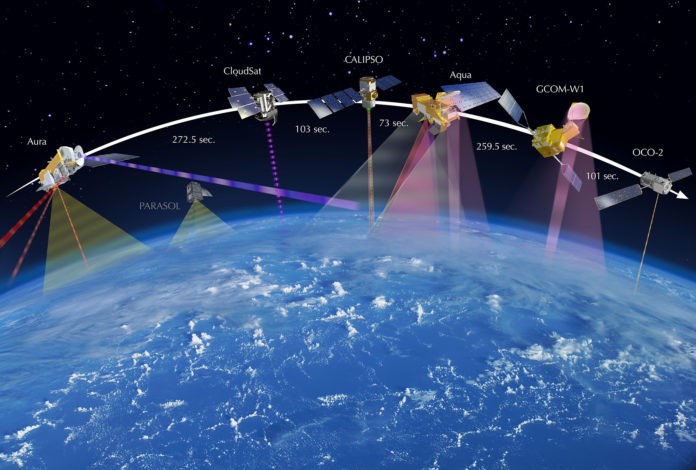Reasons
there are five reasons that I have found on the internet.
1) The distance from cell phone users to cell towers is usually just a few miles (compared to hundreds or even thousands of miles from Earth to satellites). This allows cell phones to transmit and receive radio signals at a much lower power, which consumes much less battery and is potentially less harmful to people.
2) The long-distance will also add to the delay in communication and quality of service. Since the radio signal should travel to and from the satellite, adding at least a couple of seconds of delay.
3) Since the signal from/to satellites has to travel a long distance to/from Earth, it is much susceptible to various environmental and man-made obstacles such as inclement weather, trees, mountains and, of course, buildings (no, you can’t use a satellite phone inside your home without a satellite antenna outside). When it arrives on Earth, it is quite weak and requires a direct view of the satellite and a special antenna. For example, satellite phones can’t be used inside buildings and must have a bulky external antenna.
4) There are too many cell phone users for satellites to handle all the traffic efficiently and at a reasonable cost. Just for comparison — there are about 6 billion cell phone subscribers in the world compared to only about 200-500 thousand of active satellite phone users (that’s 10000-30000 times fewer!). Any satellite network will be immediately congested and overloaded with calls, as it happens frequently with the cellular networks in emergencies or large sporting events when everybody tries to make a phone call.
5) A terrestrial cell tower is a much more reasonable solution in terms of construction cost and time, hardware upgrades and regular maintenance. For example, it will take Iridium (one of the satellite phone operators) about 8 years and $3.5 billion to design, build and launch its new satellite constellation. And as soon as the satellites are up in orbit, it will not be possible to upgrade their hardware. At the same time, cell phone companies constantly upgrade equipment on their terrestrial network of towers.

















